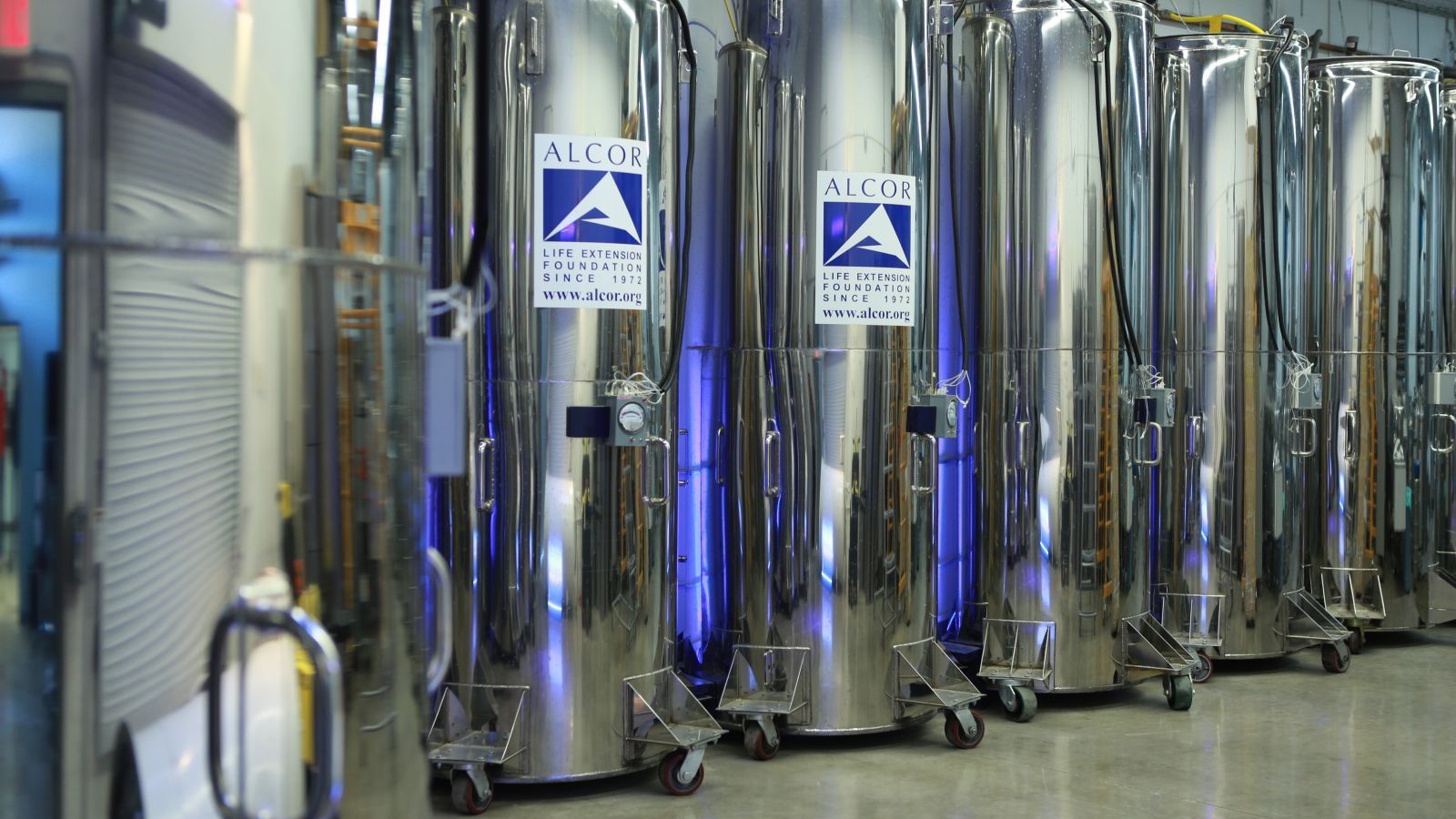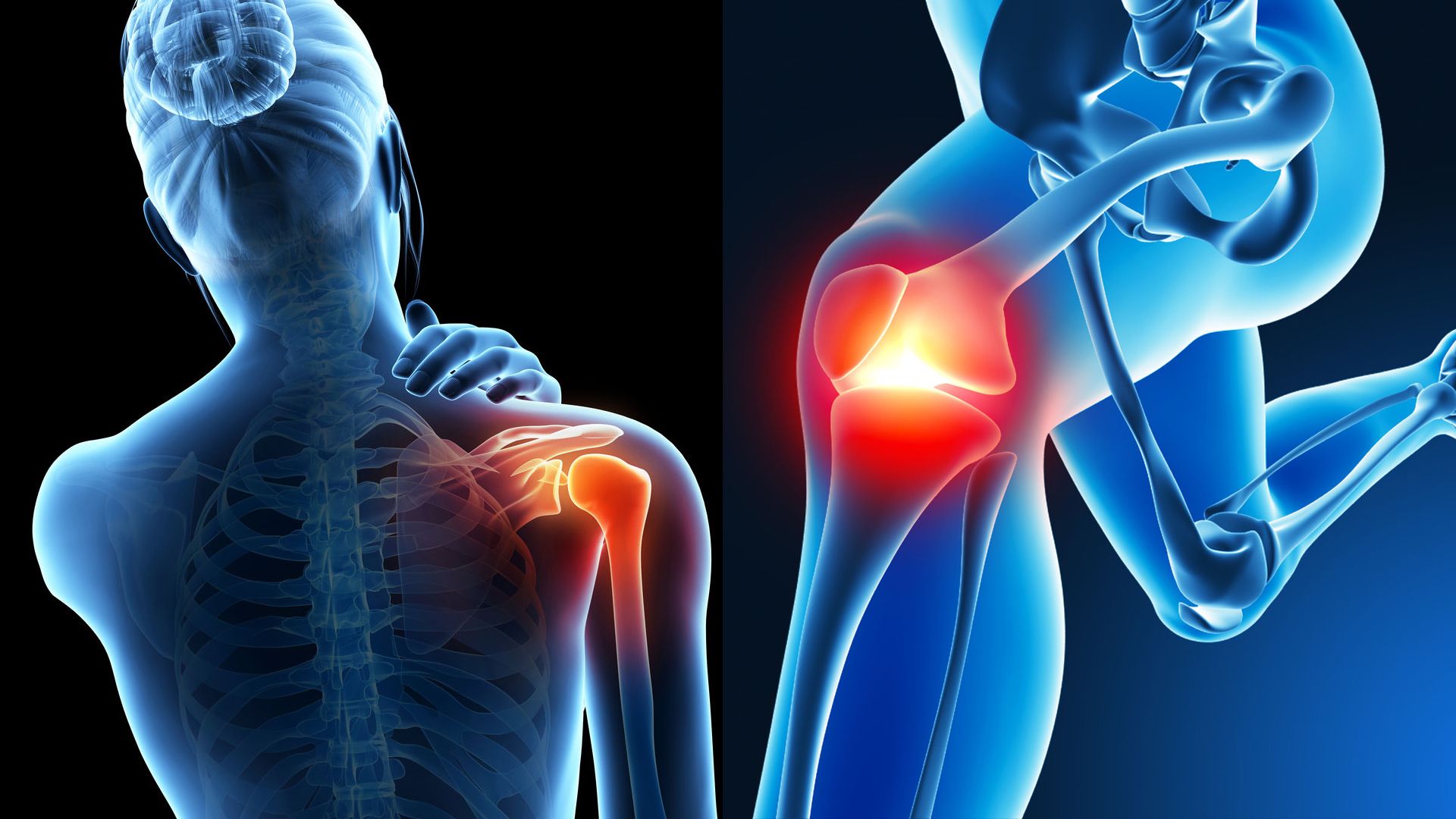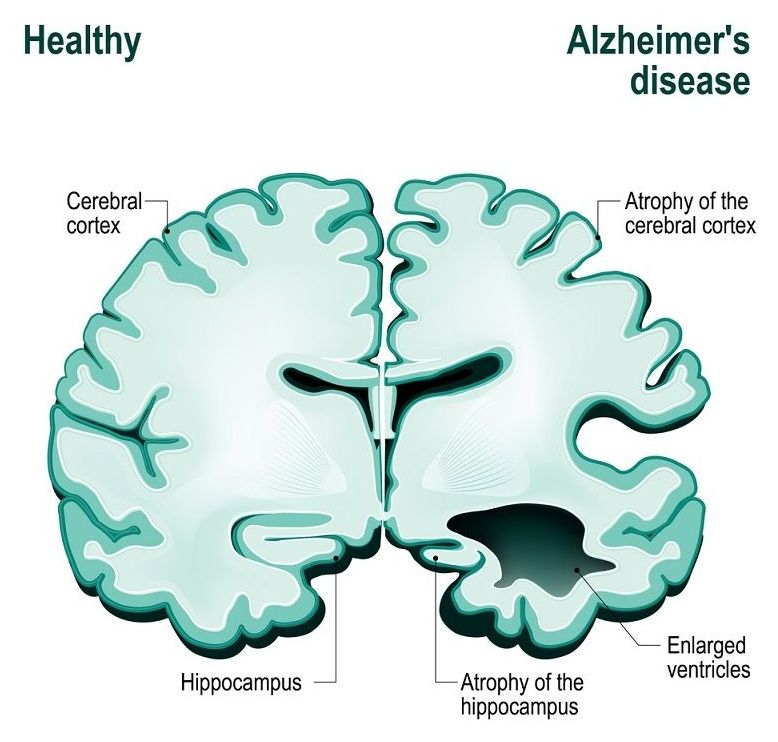Archive for the ‘neuroscience’ category: Page 869
Jan 24, 2018
Tiny implant opens way to deliver drugs deep into the brain
Posted by Nancie Hunter in categories: biotech/medical, engineering, neuroscience
WASHINGTON — Scientists have created a hair-thin implant that can drip medications deep into the brain by remote control and with pinpoint precision.
Tested only in animals so far, if the device pans out it could mark a new approach to treating brain diseases — potentially reducing side effects by targeting only the hard-to-reach circuits that need care.
“You could deliver things right to where you want, no matter the disease,” said Robert Langer, a professor at the Massachusetts Institute of Technology whose biomedical engineering team reported the research Wednesday.
Continue reading “Tiny implant opens way to deliver drugs deep into the brain” »
Jan 23, 2018
Artificial synapses fill the gaps for brainier computer chips
Posted by Klaus Baldauf in categories: computing, neuroscience
Right now, you’re carrying around the most powerful computer in existence – the human brain. This naturally super-efficient machine is far better than anything humans have ever built, so it’s not surprising that scientists are trying to reverse-engineer it. Rather than binary bits of information, neuromorphic computers are built with networks of artificial neurons, and now an MIT team has developed a more lifelike synapse to better connect those neurons.
For simplicity’s sake, computers process and store information in a binary manner – everything can be broken down into a series of ones and zeroes. This system has served us well for the better part of a century, but having access to a whole new world of analog “grey areas” in between could really give computing power a shot in the arm.
Jan 23, 2018
Bioquark Inc. — Staying Alive UK Show — Ira S. Pastor
Posted by Ira S. Pastor in categories: aging, bioengineering, biotech/medical, business, disruptive technology, DNA, futurism, genetics, health, neuroscience
Jan 22, 2018
What Everybody Ought to Know About Cholesterol
Posted by Brady Hartman in categories: biotech/medical, life extension, neuroscience
Summary: Health organizations recommend keeping high cholesterol levels in check to be healthier. [Author: Brady Hartman – This article first appeared on the website LongevityFacts.]
High cholesterol levels are a silent killer that significantly increases the risk of stroke, kidney disease heart attack, and death. Cholesterol builds up the insides of artery walls, blocking the arteries that feed the brain, heart, kidneys. Treatment is efficient and inexpensive, yet many people walk around with high cholesterol levels, needlessly letting it steal years from their lives.
Jan 22, 2018
Hunting Breakthrough Cures for Dementia (Best of 2017 Alzheimer’s and Parkinson’s Reports)
Posted by Brady Hartman in categories: biotech/medical, life extension, neuroscience
Summary: A wrap-up of the 2017 reports on the search for breakthrough treatments for Alzheimer’s, Parkinson’s disease, and other forms of dementia, showing the advancements made in understanding, treating and preventing these neurodegenerative diseases, including promising therapies in the pipeline. [This article first appeared on the website LongevityFacts.com. Author: Brady Hartman. ]
During 2017, researchers made advances towards understanding what causes Alzheimer’s, Parkinson’s and other forms of dementia. During the year, brain scientists announced they have many promising treatments for dementia in the pipeline. Moreover, researchers have suggested ways to prevent these disabling neurodegenerative diseases.
Here’s a wrap-up of advancements made in understanding, treating and preventing dementia.
Jan 21, 2018
Coffee Improves Brain Health, Prevents Alzheimer’s and Parkinson’s Say Researchers
Posted by Brady Hartman in categories: biotech/medical, life extension, neuroscience
Summary: Researchers say coffee prevents Alzheimer’s and Parkinson’s for those consuming 3 cups daily. The brain health benefits of the beverage seem to differ between decaf and regular coffee. [Author: Brady Hartman. This article first appeared on LongevityFacts.com.]
Perhaps you’ve heard the latest news – the evidence on coffee’s health benefits is increasing every day.
In fact, new research shows that coffee protects your brain, and recent studies show that daily coffee drinkers have a significantly reduced risk of both Alzheimer’s and Parkinson’s diseases.
Jan 21, 2018
Fifty years frozen: The world’s first cryonically preserved human’s disturbing journey to immortality
Posted by Derick Lee in categories: biotech/medical, cryonics, life extension, neuroscience
“Yes, Mr. Bedford is here.”
That’s what Marji Klima, executive assistant at the Alcor Life Extension Foundation in Scottsdale, Arizona, told me over email this week. She was referring to Dr. James Hiram Bedford, a former University of California-Berkeley psychology professor who died of renal cancer on Jan. 12, 1967. Bedford was the first human to be cryonically preserved—that is, frozen and stored indefinitely in the hopes that technology to revive him will one day exist. He’s been at Alcor since 1991.
His was the first of 300 bodies and brains currently preserved in the world’s three known commercial cryonics facilities: Alcor; the Cryonics Institute in Clinton Township, Michigan; and KrioRus near Moscow. Another 3,000 people still living have arranged to join them upon what cryonicists call “deanimation.” In other words, death.
Jan 18, 2018
Researchers Have Developed A New Way To Block Pain
Posted by Shailesh Prasad in category: neuroscience
For anyone who has accidentally injured themselves, Dr. Zachary Campbell not only sympathizes, he’s developing new ways to blunt pain.
“If you have ever hit yourself with a hammer, afterward, even a light touch can be painful for days or even weeks,” said Campbell, who researches pain on the molecular level at The University of Texas at Dallas. “While many of us may not be coordinated enough to avoid an accident, my goal is to disrupt the inception and persistence of pain memories.”
Campbell directs the Laboratory of RNA Control and recently published a study in the journal Nature Communications in close collaboration with Dr. Ted Price, an associate professor from the Pain Neurobiology Research Group, and Dr. Michael Burton, a new assistant professor from the School of Behavioral and Brain Sciences who conducted postdoctoral work at UT Dallas.
Continue reading “Researchers Have Developed A New Way To Block Pain” »
Jan 18, 2018
Distinct Types of Amyloid-beta Prion Strains in Alzheimer’s Disease Discovered
Posted by Nicola Bagalà in categories: biotech/medical, neuroscience
Distinct amyloid-beta prion strains discovered in different variants of Alzheimer’s disease.
In a paper in the Proceedings of the National Academy of Sciences, a research team led by Carlo Condello presented their results from a study of the sliced brain fragments of deceased Alzheimer’s disease (AD) patients. It appears different amyloid-beta prions are uniquely associated with different AD variants [1].
A primer on Alzheimer’s disease
Continue reading “Distinct Types of Amyloid-beta Prion Strains in Alzheimer’s Disease Discovered” »
















